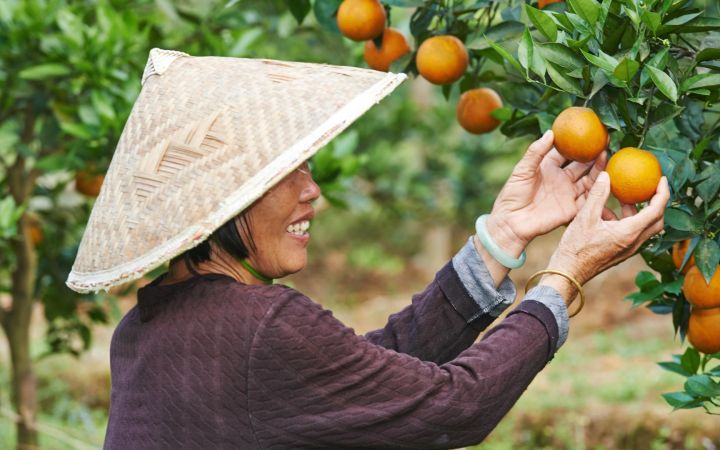
Western Australian growers and advisers have explored the cutting edge of cereal and canola disease and fungicide resistance management in a series of two-day workshops from the Australian Fungicide Resistance Extension Network (AFREN).
Supported by the Grains Research and Development Corporation (GRDC) and held in Northam, Katanning, Esperance and Perth, the workshops gave growers and advisers the latest advice on foliar disease and fungicide resistance from leading researchers, pathologists and agronomists.
Workshop facilitator John Cameron said that coupling the fire power of Nick Poole (FAR Australia), Fran Lopez-Ruiz and Noel Knight (Centre for Crop Disease Management), Geoff Thomas, Andrea Hills and Kith Jayasena (Department of Primary Industries and Regional Development [DPIRD]) with the field expertise of up to 20 leading agronomists, discussion was lively and targeted issues of regional importance.
“In addition to providing the latest research, each workshop ran through a series of in-paddock scenarios, raised by advisers or growers based on their own experiences,” Mr Cameron said.
“This opportunity for peer-review and feedback on local issues is invaluable, as is the opportunity for younger growers and agronomists to gain exposure to the thinking of senior agronomists, pathologists and fungicide resistance experts.
“It’s a great mix, and all who attended – no matter how experienced – picked up new and valued understandings.”
The workshops focused on cereal growth stages, fungicide application decisions and integrated disease management strategies in cereal and canola that consider the underlying risk of fungicide resistance.
DPIRD plant pathologist Geoff Thomas said a dry start to the year meant the main diseases were likely to be stubble borne, rather than biotrophic diseases such as rusts that develop earlier when there is a green bridge in a wet summer. Stubble borne diseases include crown rot, yellow spot, net blotches and leaf scalds, and for canola, blackleg.

“Growers that had a good harvest last season are likely to have a lot of stubble left in their paddocks. Many stubble-borne necrotrophic diseases do not need a living host to survive between seasons, and our common stubble retention practices provide an optimal environment for these diseases to survive and proliferate,” Mr Thomas said.
“The dry summer has been good for the lack of summer weeds and green bridge. But dry weather reduces the potential for stubble breakdown or the early release of disease spores before seeding, which can minimise the disease load before sowing. The inoculum level of some diseases does not decline as much as one might expect.
“Management options for stubble borne diseases are based on crop rotation with non-hosts, growing less susceptible varieties and timely application of fungicides.
“If possible, to balance soil water retention and stubble cover, growers may consider stubble management tactics, such as burning, baling or slashing if they’re worried about disease carry-over.
Information on the likely risks of severe disease in canola based on distance from one- and two-year-old stubble, and after various stubble destruction strategies, is available in GRDC’s Blackleg Management Guide.
The GRDC Grains Research Updates 2022 Blackleg control in the upper canopy of canola crops presentation from Steve Marcroft, Marcroft Grains Pathology, has management considerations for either blackleg canker or blackleg upper canopy infection.
For barley growers, fact sheets for net and spot form of net blotch are useful for providing management strategies to reduce the risk of yield losses, but also fungicide resistance to these problematic diseases in WA.
Other references used in the course include:







